Xanadu Philodendron Care: Tips For Growing Xanadu Philodendrons Indoors
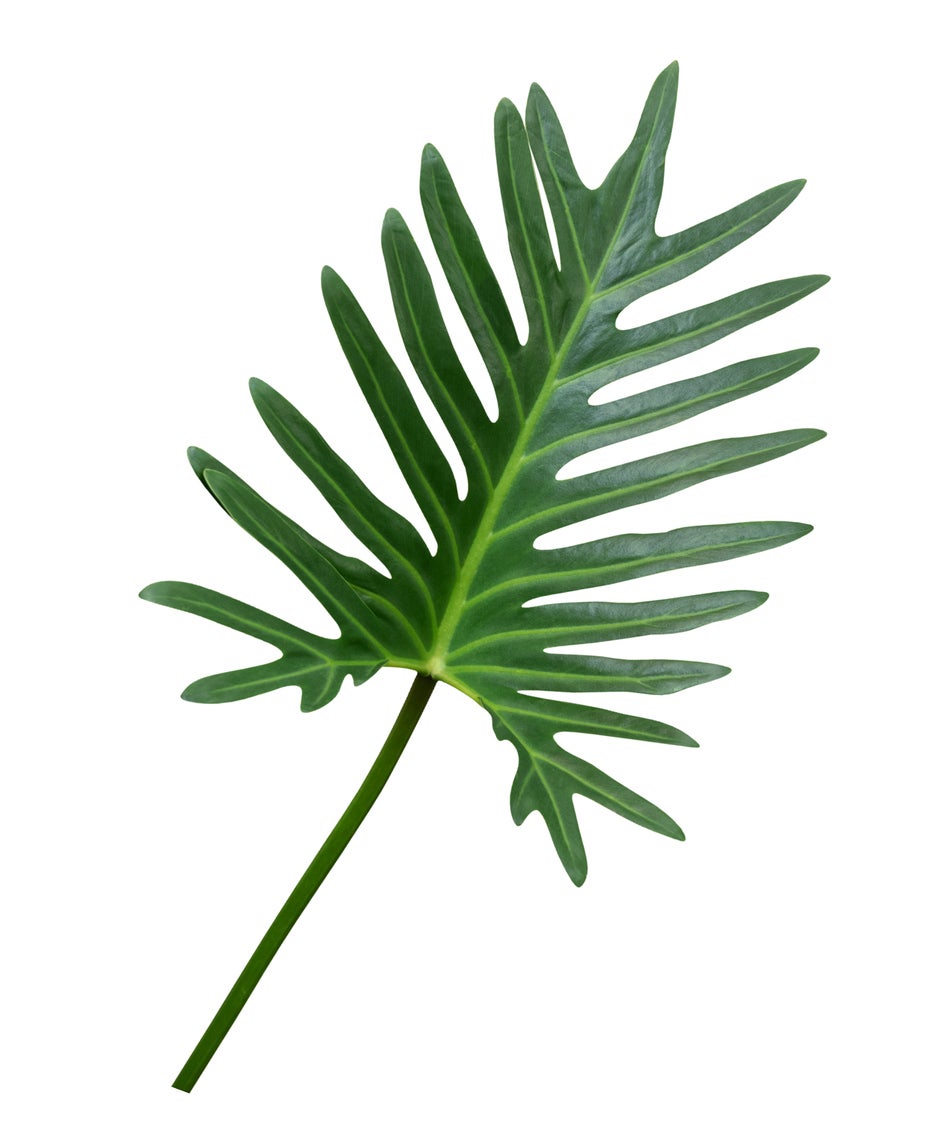
If you enjoy growing houseplants, especially philodendrons, then you may want to consider adding the Xanadu philodendron houseplant to your list. Xanadu philodendron care is simple and this larger plant makes a wonderful vertical accent in the home.
What is a Xanadu Plant?
Philodendron ‘Xanadu’ (sometimes called ‘Winterbourn’) is a member of the Philodendron genus, and is a delightful and easy-to-grow houseplant. Unlike many other philodendrons, this is not a vining plant, so no support is needed.
It will form a dense clump of beautifully lobed leaves and will tend to grow wider than taller. The Xanadu philodendron houseplant can grow to 2 to 4 feet tall (61 cm. to 1 m.) and up to 4 to 6 feet (1-2 m.) wide, but indoors it will probably be on the shorter end.
Growing Xanadu Philodendron Plants
Xanadu philodendron care is quite easy.
- Light – Philodendron ‘Xanadu’ likes a little more light than most philodendrons in order to maintain its compact growth habit. Bright, indirect light will suit this plant well, and even a little direct sun, especially morning sun, will be good for this plant. If you have this plant in too dark of a location, the stems will elongate a bit too much. However, too much direct sun can cause the foliage to turn a yellowish green color.
- Watering – Water thoroughly when you irrigate and allow excess water to drain through the drainage hole. Allow about half of the soil to dry out before watering again. Keeping this plant too wet, like any houseplant, may cause yellowing of the leaves.
- Humidity – Philodendrons do enjoy higher humidity, however, they are very tolerant of average indoor humidity so you don’t have to worry about this too much.
- Temperature – The ideal growing temperatures are 75 to 85 degrees F. (24-29 C.) during the day and 65 to 70 degrees F. (18-21 C.) for nighttime temperatures.
- Fertilizing – Be sure to fertilize during the growing season with a fertilizer that contains all the major macro and micro-nutrients for best results. If a plant is growing very slowly and you are providing enough light, it may need more fertilizer.
- Toxicity – These plants are poisonous to cats and dogs, so be careful where you place this plant in your home.
Gardening tips, videos, info and more delivered right to your inbox!
Sign up for the Gardening Know How newsletter today and receive a free copy of our e-book "How to Grow Delicious Tomatoes".
-
 Looking For Plants To Give You The Soft And Fuzzies? Try These 5 Fuzzy Leaf Plant Options
Looking For Plants To Give You The Soft And Fuzzies? Try These 5 Fuzzy Leaf Plant OptionsLovers of texture, drama, silver foliage and tactile plants will adore these special sensory garden additions. These fuzzy leaf plant options will leave you all aglow
By Susan Albert
-
 Get Ready For A Summer Of Hummers! Grow These Full Sun Hummingbird Plants and Flowers
Get Ready For A Summer Of Hummers! Grow These Full Sun Hummingbird Plants and FlowersIf you’re lucky enough to enjoy a sunny backyard, make sure you are maxing out on your pollinator opportunities and grow these full sun hummingbird plants and flowers
By Tonya Barnett
-
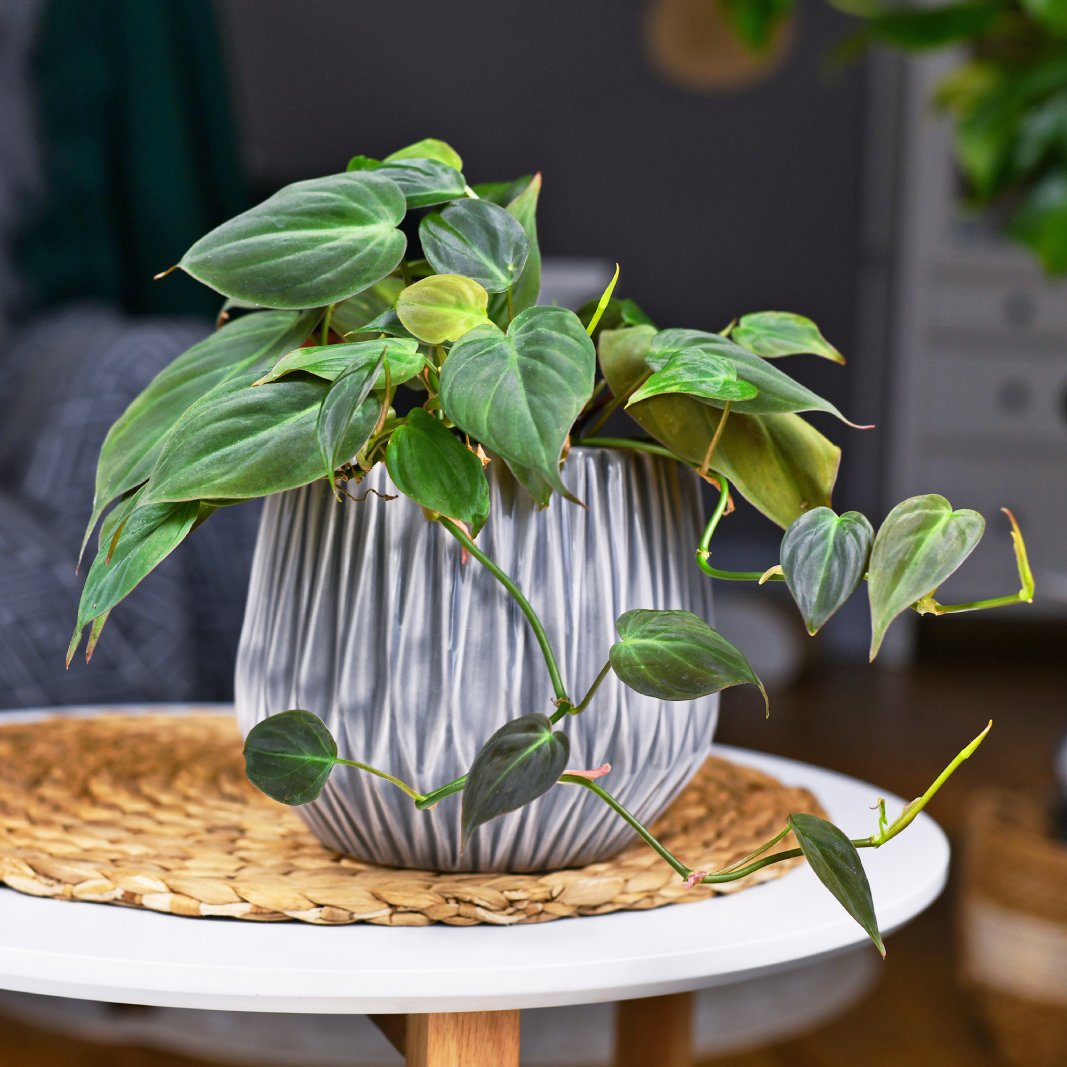 How To Grow & Care For Philodendron Micans: Everything You Need To Know
How To Grow & Care For Philodendron Micans: Everything You Need To KnowPhilodendron micans is a beautiful velvety vine variety that only wants 3 special things: Bright indirect light, well-draining soil, and regular watering.
By Teo Spengler
-
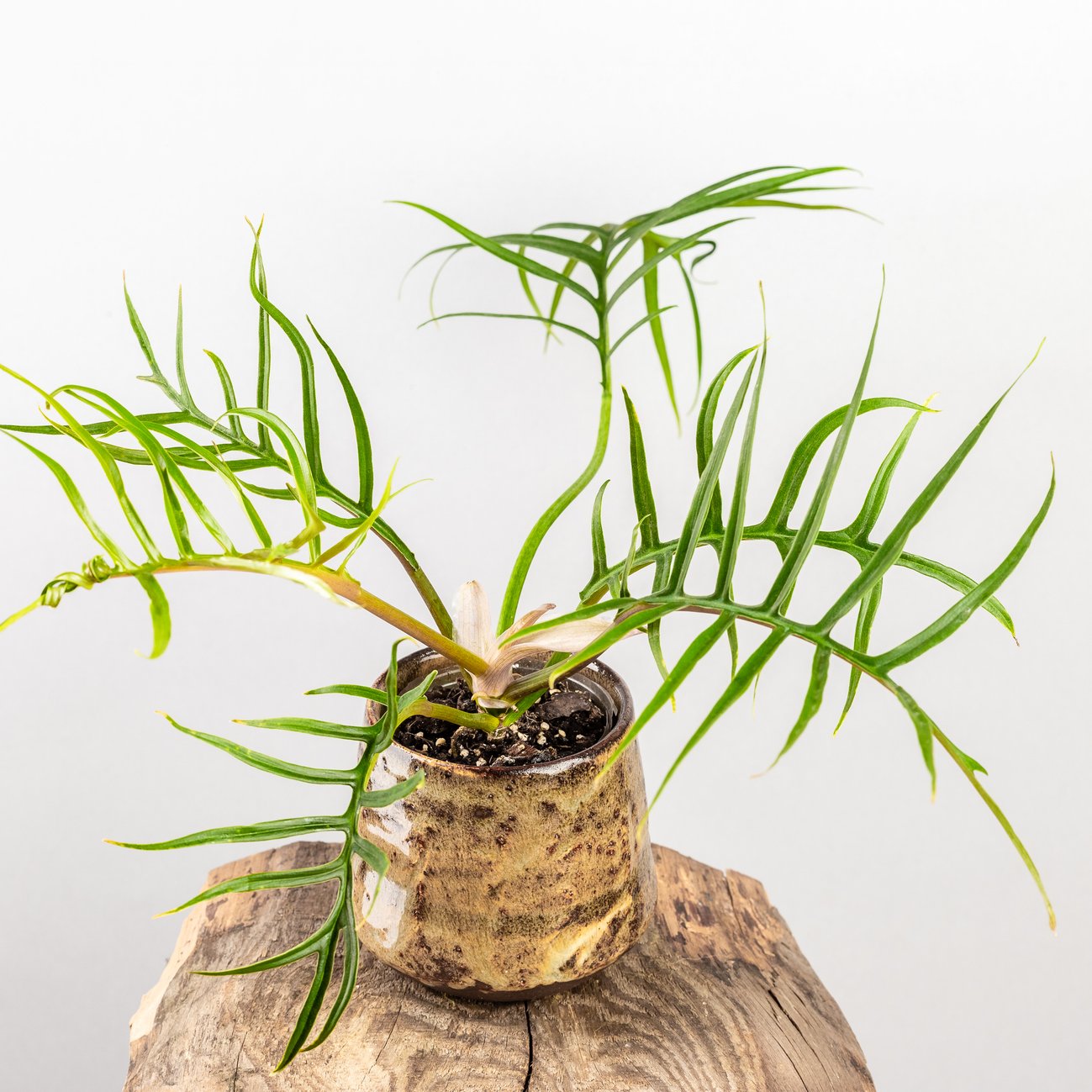 Philodendron Tortum: How To Grow This Totally Unique Type Of Philodendron
Philodendron Tortum: How To Grow This Totally Unique Type Of PhilodendronThe delicate look of the philodendron Tortum makes it a lovely accent in the home. It’s especially happy in a bathroom where there’s plenty of humidity. Enjoy.
By Bonnie L. Grant
-
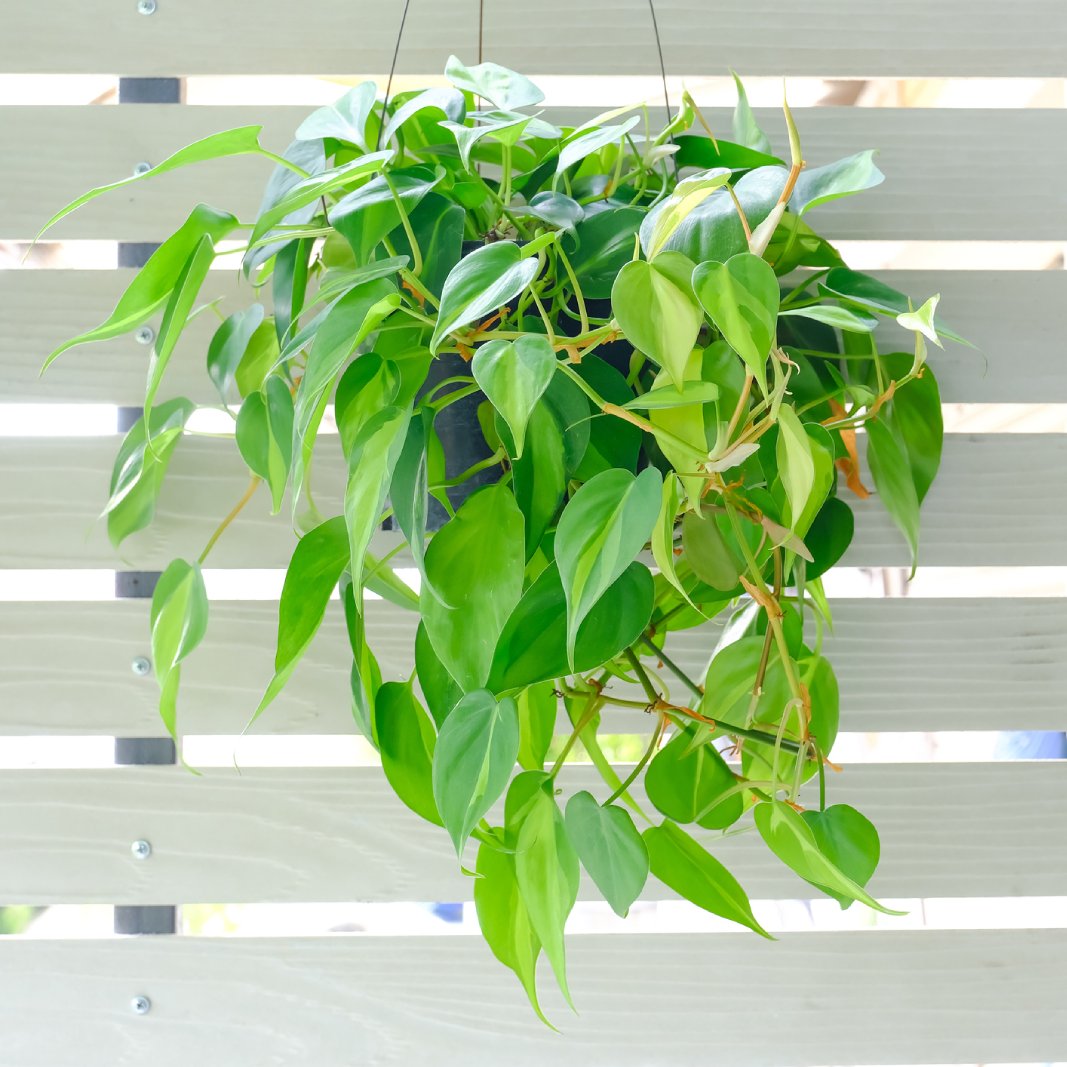 The Best Types Of Philodendron: 8 Vining And Non-Climbing Houseplants
The Best Types Of Philodendron: 8 Vining And Non-Climbing HouseplantsThese 8 no-fuss philodendron varieties are perfect for starting your houseplant collection, or for adding the next perfect one to your windowsill.
By Mary Ellen Ellis
-
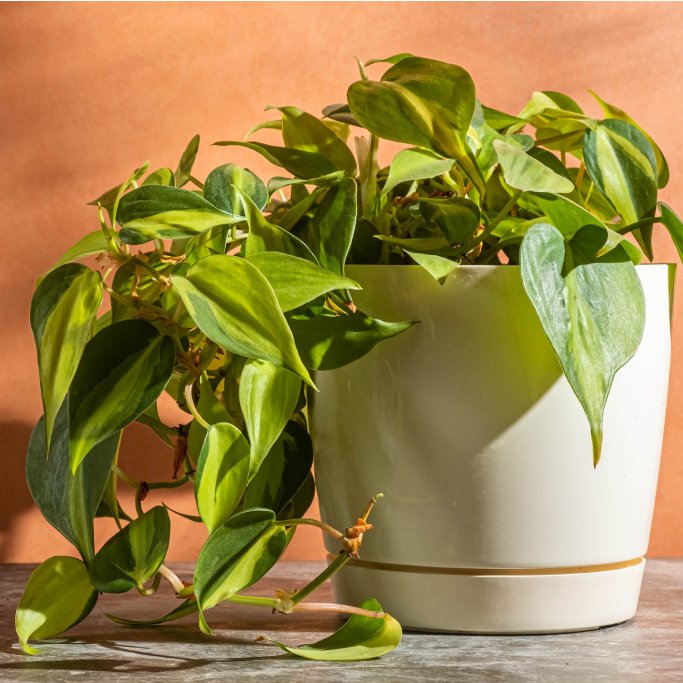 2024 Plant Of The Year: Why Experts Say Philodendron Is The “It” Plant Of The Year
2024 Plant Of The Year: Why Experts Say Philodendron Is The “It” Plant Of The YearWe aren’t surprised that philodendron was designated the plant of the year. Versatile, easy-care and lovely, it’s the houseplant of the year 2024!
By Bonnie L. Grant
-
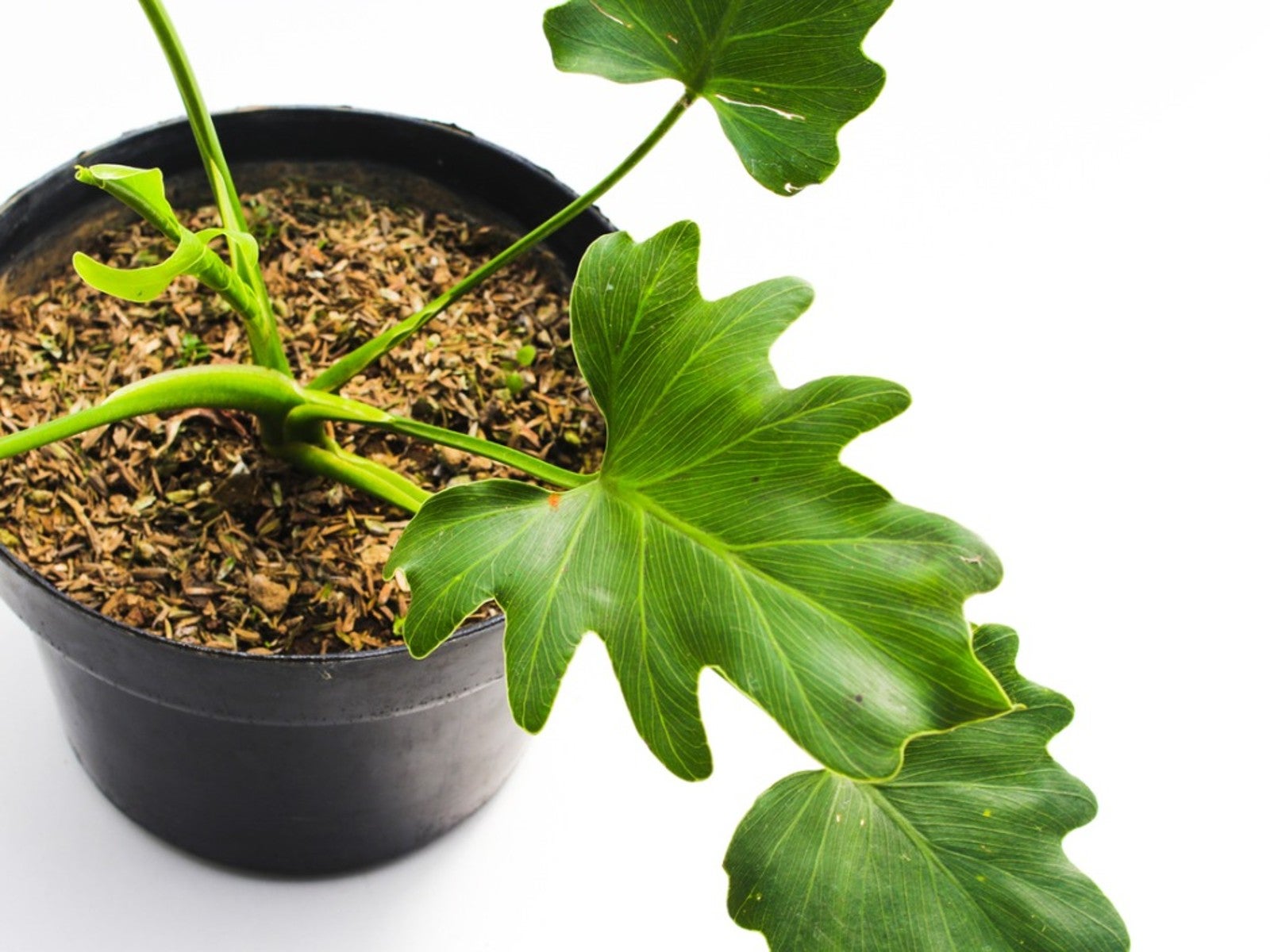 How To Grow Philodendrons "Hope" and "Little Hope"
How To Grow Philodendrons "Hope" and "Little Hope"Click here to learn how to grow a philodendron ‘Little Hope’ plant, as well as its big cousin 'Hope.'
By Mary Ellen Ellis
-
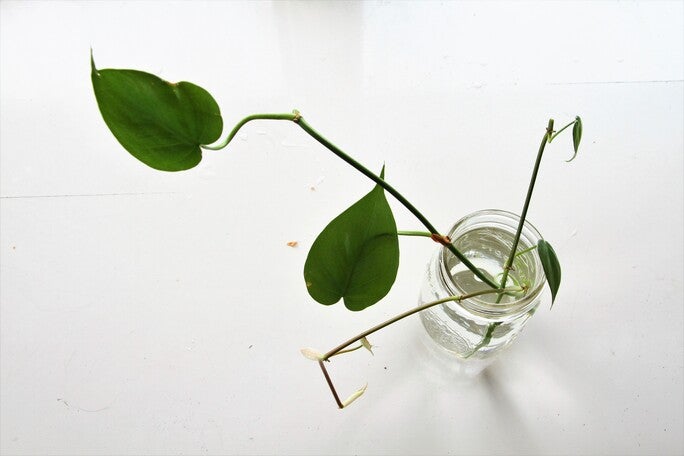 How to Propagate Philodendron Plants: Philodendron Propagation Tips
How to Propagate Philodendron Plants: Philodendron Propagation TipsWhen philodendron vines get too long, you can take cuttings from the plant to grow more. Read on to learn more about philodendron propagation.
By Laura Walters
-
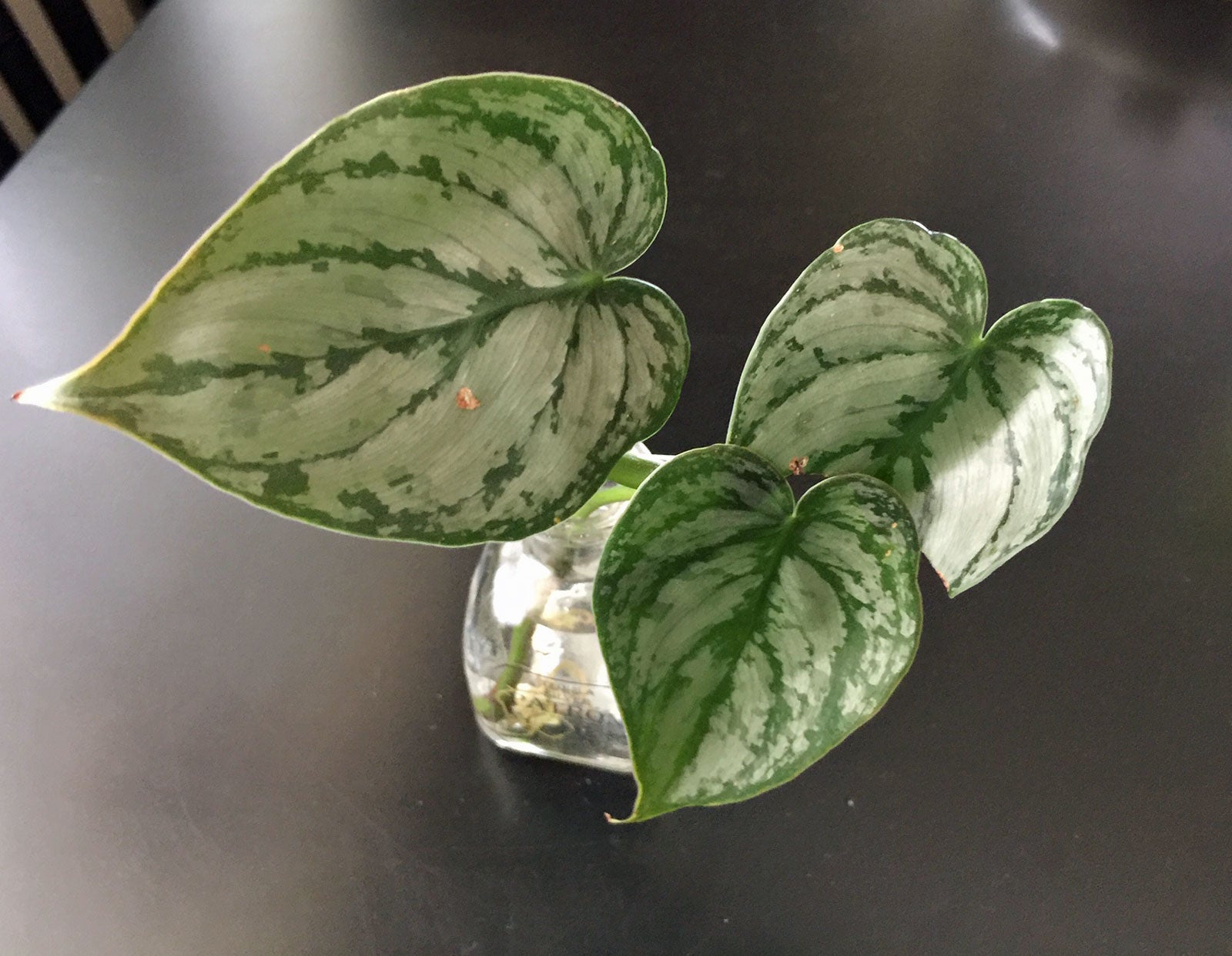 Philodendron Brandtianum Care – Growing Silver Leaf Philodendrons
Philodendron Brandtianum Care – Growing Silver Leaf PhilodendronsSilver leaf philodendrons are attractive, tropical plants with olive green leaves splashed with silvery markings and tend to be bushier than most other philodendrons. For more information on the Brandi philodendron variety, click the following article.
By Mary H. Dyer
-
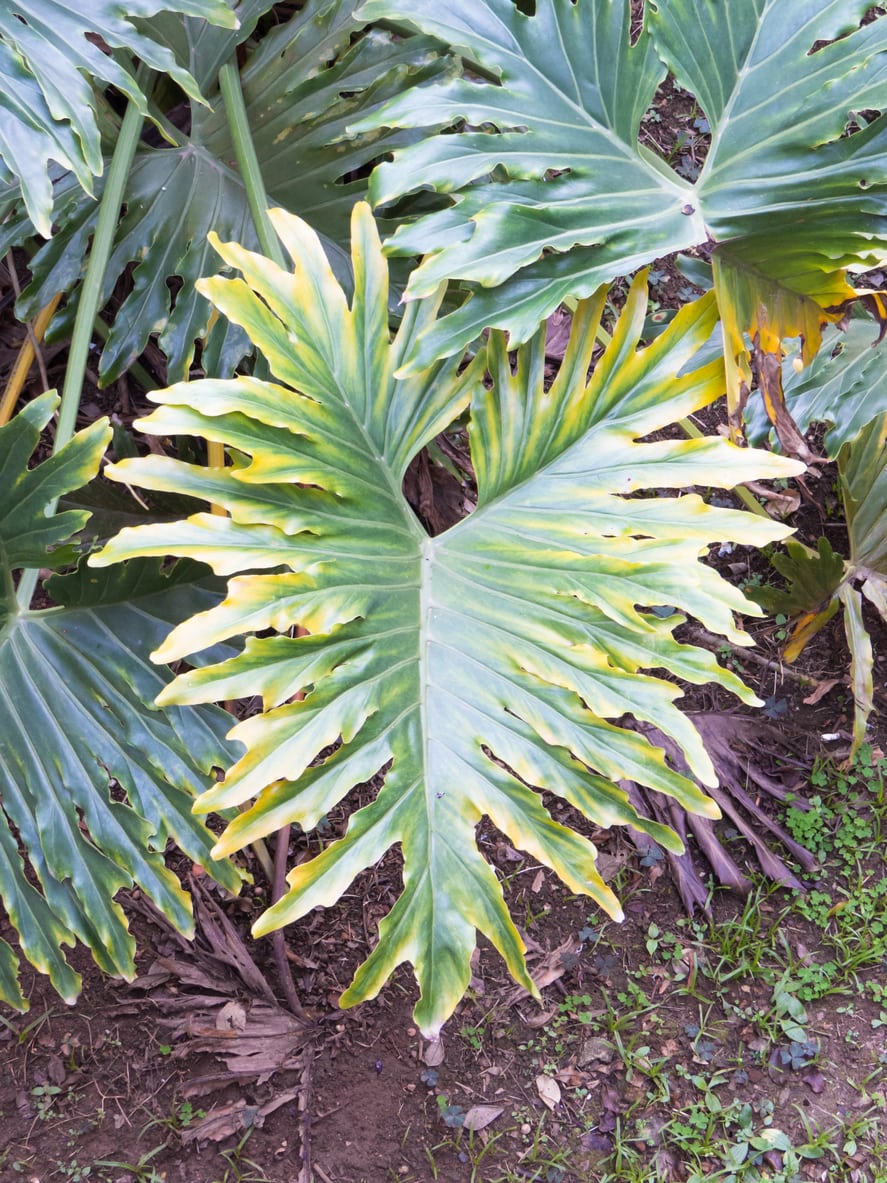 Split Leaf Elephant Ear Plant: What Is A Selloum Philodendron
Split Leaf Elephant Ear Plant: What Is A Selloum PhilodendronPhilodendron selloum is an easy plant to grow. You get a lot of plant for minimal effort, as it will grow into a large shrub or small tree with large, decorative leaves and requires little care. Learn more about these “split-leaf” philodendron plants here.
By Mary Ellen Ellis